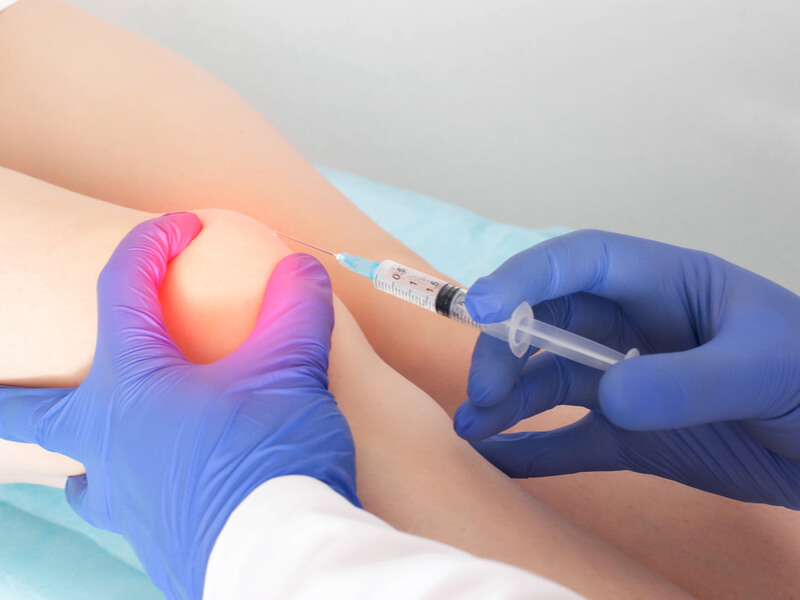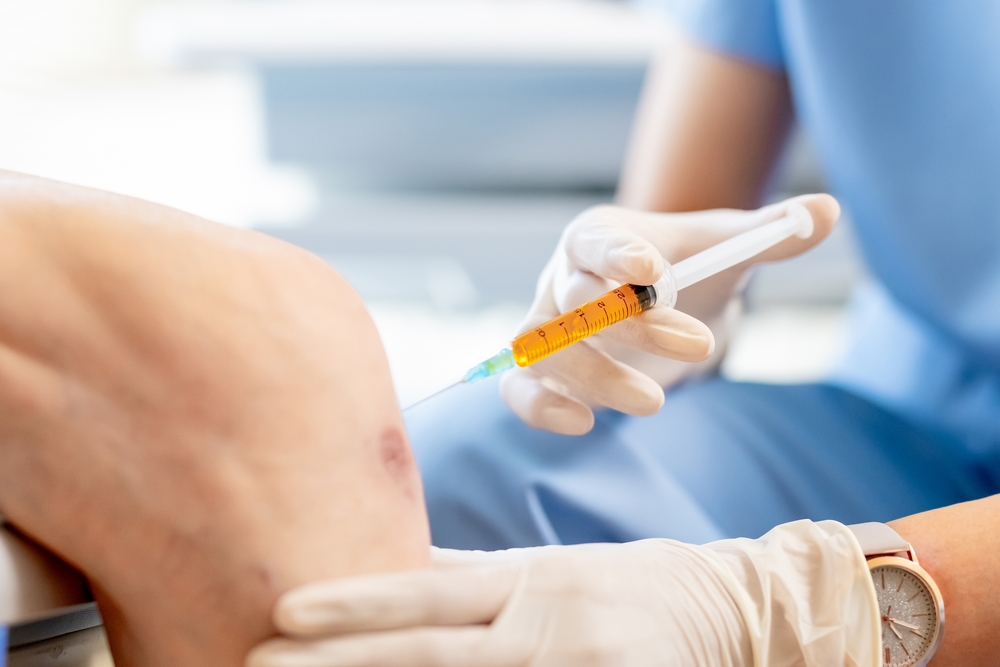
Have you ever heard the word "meniscus damage" in sports players and other injuries?
The meniscus smooths the movement of the knee and stabilizes the knee joint during all movements such as bending and straightening at the knee joint.
In addition, it plays an important role as a cushion that disperses strong external stress and physical impact such as jumping when exercising as much as possible.
Therefore, when the meniscus is damaged, symptoms such as knee pain and difficulty in moving the knee appear.
The mainstream treatment for meniscal damage is to rest first and then to inject hyaluronic acid into the damaged area.
If the degree of meniscal rupture is mild, it is reinforced with braces such as supporters and assistive devices such as taping, or medication treatment such as pain relievers and rehabilitation with exercise equipment are practiced to reduce pain.
This time, we will explain the effects and limitations of treatment with hyaluronic acid injections for meniscal damage.
table of contents
Advantages of hyaluronic acid injection treatment
The main effects and benefits of hyaluronic acid injection treatment are as follows.
・Injection suppresses inflammation to reduce difficulty in moving the knee, as well as pain and swelling in the knee.
-Treatment can be received in a short period of time
- The effect can be felt relatively early
・Since it is an injection, side effects that affect the whole body are unlikely to occur.
Meniscus injuries are more likely to occur when you land when jumping, or when you lose your balance due to actions that put a lot of strain on your knees, such as repeated stops and turns. It may also be accompanied by damage to the surrounding tissue.
In the early stages of meniscus damage caused by sports or exercise, the main treatment is to keep the affected area of the knee joint at rest, to aspirate synovial fluid using an injection into the joint, and to use local anesthetic and hyaluronic acid injections. It is
In the past, there was a time when steroid injections were frequently given to the affected area for anti-inflammatory effects.

This steroid is called a magic potion and can suppress inflammation.
In particular, recently, injection therapy, in which sodium hyaluronate is injected into the joint after the meniscus is damaged, is thought to show a certain effect.
In fact, hyaluronic acid, which is also a component of cartilage in the knee joint, is known to have a high water content, and acts like a lubricating oil inside the joint when the articular cartilage tissue or the meniscus itself is damaged.
This makes it easier to move the knee, and it seems that it can be expected to have some effect on improving joint pain and swelling.
When performing hyaluronic acid injections for meniscal damage, the hyaluronic acid substance, which is the main component of cartilage, is directly injected into the joint using an injection.
This injection treatment is often started once a week and continued for about 5 weeks, and in the next stage, the interval is gradually increased to about once every 2 weeks. Continue to inject about 5 to 10 times.
If the pain in the joints does not improve even after these treatments, then adjust the timing to once a week and observe the situation for about 3 months. surgical treatment should be considered.
However, hyaluronic acid injection has limitations.
Disadvantages of hyaluronic acid injection treatment
The disadvantages of hyaluronic acid injections are:
・Effects obtained from hyaluronic acid injection (treatment) are short-term
・Symptom improvement effect is temporary
・If administered for a long period of time, resistance will develop and the effect will fade.
・Even if the pain fades, the cartilage does not regenerate (it is not a fundamental solution)
Steroids can be very effective, but you need to be careful of side effects. Also, it should be noted that ``the effect obtained by injecting hyaluronic acid is only short-term,'' and the improvement effect does not necessarily last for a long time.
The effect (duration) that can be expected from a single injection of hyaluronic acid is said to be about 1 to 2 weeks at most.
However, if hyaluronic acid injections are repeated over a long period of time, the pain-relieving effect will gradually diminish, and the effect will fade as tolerance develops.
This is not because hyaluronic acid itself has an adverse effect on the knee joint, but because the injection temporarily improves the symptoms and relieves the pain, the knee is overworked in daily life, and joint function is impaired. This is because the causes of exacerbation overlap and accelerate the speed of tissue damage.
In addition, there is a risk of infection and nerve damage, so we do not recommend continuous injection of hyaluronic acid.
Also, you should know that even if hyaluronic acid is injected into the meniscal injury and the pain subsides, the cartilage in that area will not automatically regenerate.
Please be fully aware that hyaluronic acid injections are only a symptomatic treatment to overcome the situation in an emergency, and that they are not a fundamental solution.
If you are wondering about hyaluronic acid injection when you damage your knee, please refer to it.
Supervision: Dr. Yasushi Tsuda
